
“Water, water everywhere, but not a drop to drink”. These words hold true as the water is saline and cannot be drunk. That’s the ocean for you! A vast greenish blue expanse of water as far as the eye can see merging with the sky on the horizon. Serene as it may be, let us learn more of its secrets.
An ocean is a huge, widely extended saline water body encompassing 72 percent of the earth’s surface and contains 97 percent of the water available on earth. The ocean has a total volume of approximately 1.3 billion cubic kilometres and has an average depth of 3,682 metres. There also resides more than 230,000 known species of marine life in the ocean. The name ocean is derived from the Greek word Ōkeanós which symbolizes a vast river or sea that encircled the entire world.
Oceans are vast and open while seas are partially enclosed by land. Oceans are larger than the seas which are usually located where the land and ocean meet. A river is a narrow body of flowing freshwater while a lake is an enclosed body of freshwater.
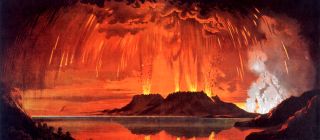
Over 4 million years ago, the earth was just a hot and huge molten rock; there were numerous volcanic eruptions and bombardments of comets and meteorites. Such explosions lead to the mixing of various gaseous elements inside the earth and from the space. Among these gases were oxygen and hydrogen which gave rise to water. The water on Earth stayed in gaseous form until the planet's surface cooled below 100 degrees Celsius. At this time, 3.8 billion years ago, water condensed into rain and poured onto the land. Water collected in low lying areas which gradually became the first primitive oceans. The rain mixed with the various chemicals in the air and the water bodies, then formed, overflowed mixing up with the minerals from the rocks, mostly salt. It continued for another billion of years and thus formed the widely extended and deeply dug ocean occupying almost 3/4th of the earth’s surface.
The land at the shore of the ocean and where we, humans, live is called continent. Further down, as an extension of the continent is the continental shelf which is flat and barren and made up of sand, minerals and rocks under the water. Further, the continental shelf slopes at a 4 % angle to the depth of the ocean and is known as the continental slope. The edge where the continental shelf ends and the continental slope begins is called shelf break. The slope is made up of mostly mud and sediments of sand and gravel. Deep down the ocean, there are various underwater hills which are actually formed by the accumulated sediments that piled up. These rises are known as continental rise. Then there is also a wide extended flat plain surface at the bottom of the ocean which is known as Abyssal plain. There are also the mid-oceanic ridges which are the accumulated magma that run all across the bottom of the ocean. There are these very deep depressions called trenches which are formed when the earth’s crust moves.
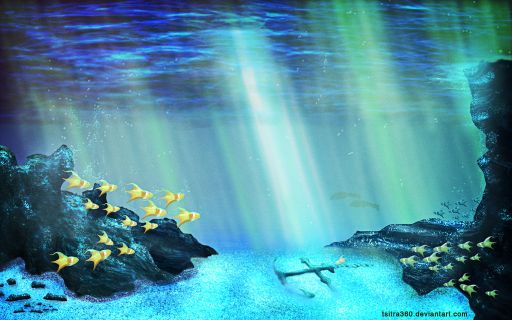
• The Abyssal plain covers almost 40% of the ocean floor.
The temperature of the ocean varies location-wise. It can be as cold as -2° Celsius and as warm as 36° Celsius. Thus it has an average temperature of about 17° Celsius. On the other hand, the pressure of the ocean increases with the depth. When we dive in the ocean, we might not feel it but it puts on a pressure of nearly 7kg for a depth of every 10m.
The waves are usually formed due to the wind currents. As the wind travels, it hits the ocean and forms crests and troughs. The forces get transferred throughout the surface of the ocean creating the waves all across the ocean.
Another form of movement that occurs in the ocean is the tide. Tides are actually the larger form of waves which are formed due to the gravitational forces of the earth, sun and the moon. As the earth revolves and whenever it gets closer to the sun or the moon, their gravitational forces create disturbances to the ocean disrupting the balanced water. Thus, high tides are formed when the moon and the sun are closest to the earth.
There are also the giant tsunamis which are the most dangerous of all forms of movement in the ocean. It is usually caused due to the geological disturbances such as earthquakes, volcanic eruptions and underwater landslides.
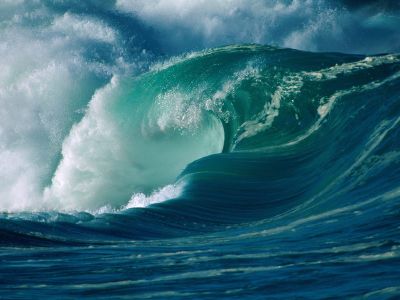
Over millions of years, rain, rivers and different forms of streams have been flowing into the ocean. These water bodies flow through the rocks washing away the minerals which contain salt as a major compound and finally gets mixed with the seas which further flow into the ocean. Thus the salt content is high in ocean water and it has an average salinity of 35ppt i.e. 35 grams of salt in 1000 grams of water.
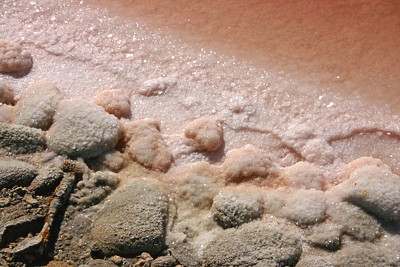
There are millions of plant and animal species residing in the ocean. Most of them are still unknown to us. The most important marine plants are the phytoplankton, which are microscopic organisms that live in watery environments, both salty and fresh. Like land plants, phytoplankton have chlorophyll to capture sunlight, and they use photosynthesis to turn it into chemical energy. They consume carbon dioxide, and release oxygen. They are found in abundance, in coastal water because they cannot survive without sunlight, algae etc. Amongst the sea animals, the major ones are the fishes, eels, sharks, crabs, lobsters, jelly fish, octopus, dolphins, penguins etc. The largest mammal alive, Blue Whale is also found in oceans.
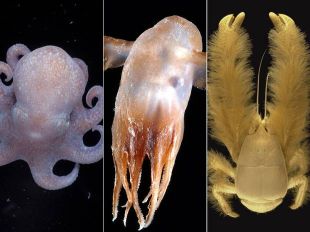
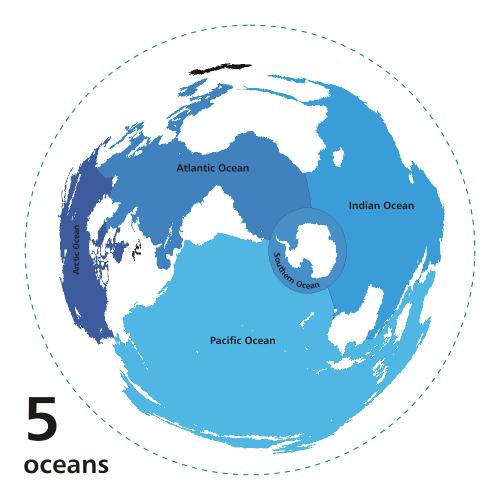
There are five oceans, namely, Pacific Ocean, Atlantic Ocean, Indian Ocean, Antarctic Ocean and Arctic Ocean. Though it is divided into five oceans, there is no land or boundary that separates them. Thus this continuous water body is also known as World Ocean. The term ‘World Ocean’ was coined by the Russian oceanographer, ‘YulyShokalsky’.
G Kowledge of | 0 Comments >>
0 Comments
Leave Comment
Your email address will not be published. Required fields are marked.